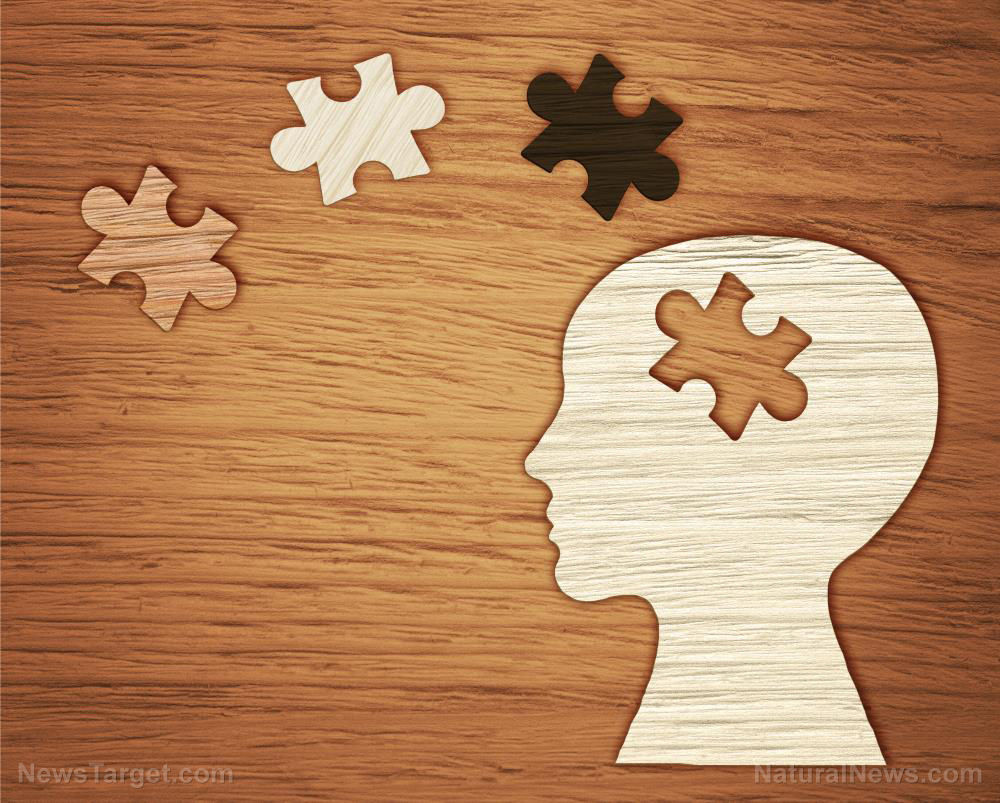New research discovers how brain cells used for navigation operate, shedding insight on brain diseases and overuse of technology
10/05/2017 / By Isabelle Z.

It’s something that happens to many people every day: you walk outside of the subway tunnel, look around, and instantly realize right where you are and head on your way. As simple as it sounds in theory, the mechanisms underlying this nearly-automatic act are so complex that scientists have long struggled to understand them
Now, researchers at Florida State University have gotten closer to uncovering how people make the transition from observing a scene and then turning that image into a plan for navigating their way toward their destination.
They found that the brain’s parietal cortex helps this process by integrating the information it takes from different senses and using it to inform the person which action to take. Other parts of the brain help this response be recorded in the form of a memory, creating a map of the location that the person can later recall to get where they need to go. This means that when the person sees that same view in the future, it links to the brain’s map and tells them which action they need to take.
Moreover, streams of sensory information are taken in by single cells in that part of the brain, which then cluster and work like a module to create the physical response. They simultaneously reconfigure themselves as the person learns and creates memories.
They discovered this by studying activity patterns in the brains of rats. When the animals performed certain series of actions, identical pattern sequences were noted. As the rats slept, the scientists found that their brains replayed those same actions while they were dreaming at a rate that was around four times faster than its speed in their waking hours.
The study’s lead author, Dr. Aaron Wilber, said: “We think these fast-forward ‘dreams’ we observe in rats could explain why in humans when you dream and wake up, you think a lot more time passed than actually has because your dreams happen at high speed or fast forward. Maybe dreams happen in fast forward because that would make it easier to create new connections in your brain as you sleep.”
These findings could help gain a new understanding of the way in which memory deteriorates in people with neurological disorders like Alzheimer’s disease.
Over-reliance on technology is making us shallower thinkers
Unfortunately, this type of skill is one that people are not practicing thanks to the modern over-reliance on technological aids like GPS. In fact, top neuroscientist Susan Greenfield of Oxford University has warned that the increasing trend to let our smartphones do the thinking for us could hinder our ability to make sense out of complex arguments.
A recent study found that nine out of ten people are suffering from what is referred to as “digital amnesia,” with more than 70 percent of people not having their own children’s phone numbers memorized. Even those who grew up when landlines were the only option and remember the home phone numbers of their friends from back then are unlikely to have those same friends’ current cell phone numbers committed to memory. Experts say that people are now good at remembering where they can find a certain piece of information but not so good at remembering the information itself.
A study by Microsoft found that the average human attention span of people has dropped from 12 seconds in 2000 to a mere eight seconds today. Some experts say that technology has made our thinking shallower, and what we really need now is to exercise more innovation and creativity as the need to remember facts becomes less pressing.
University of Birmingham Psychology Lecturer Dr. Maria Wimber suggests that people spend more time offline to protect their memories. “If we spend all our time online, or experiencing our lives through a smartphone camera lens, we might miss important experiences, and not commit them to long-term memory.”
Sources include:
Tagged Under: Brain, dependency, devolving, digital amnesia, GPS, independence, memories, memory, navigation, parietal cortex, survival, tech dependency, technology
RECENT NEWS & ARTICLES
COPYRIGHT © 2017 BRAIN NEWS


















